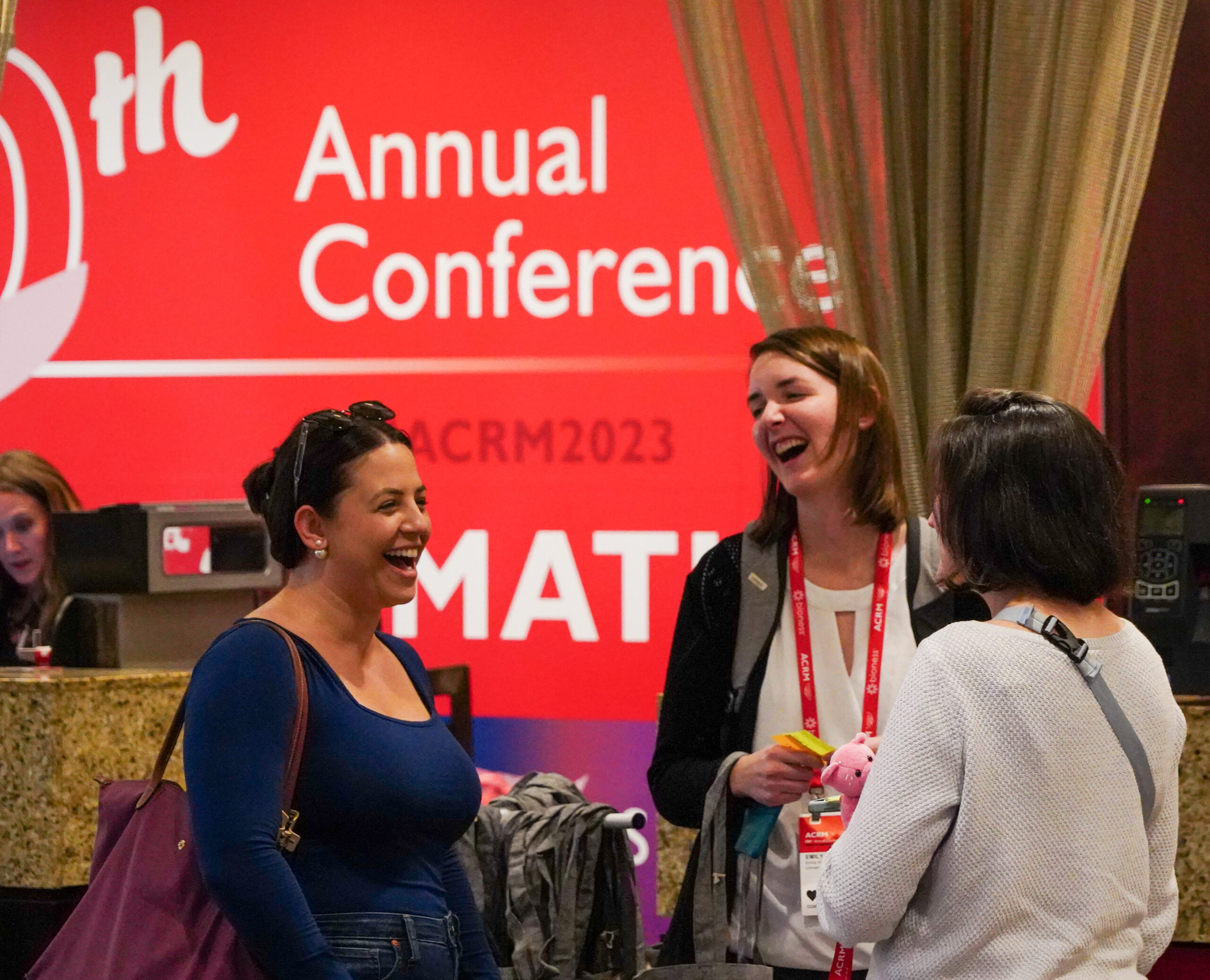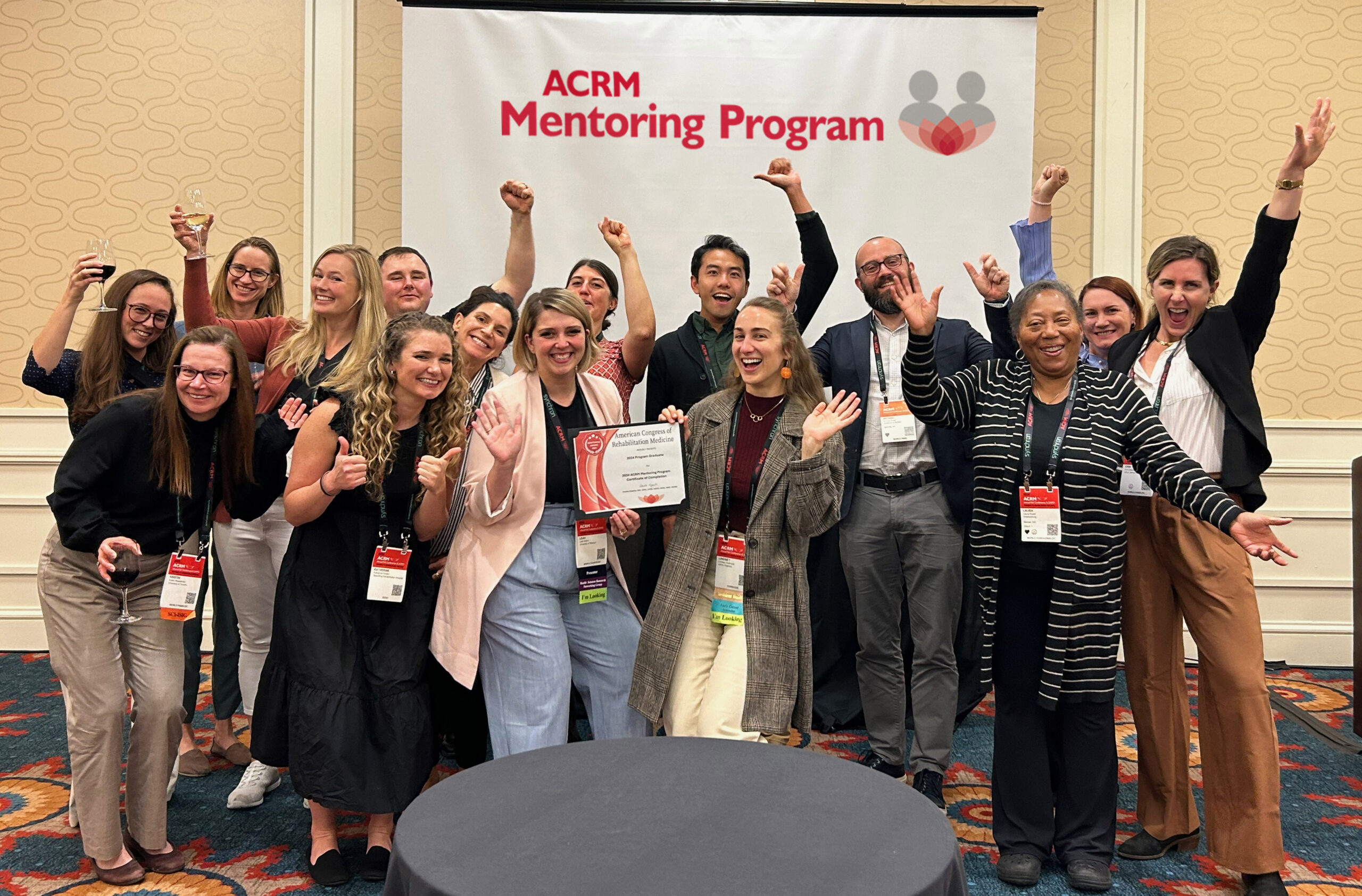If you have a question you would like to submit to the Ask the Mentor column, or if you would like to serve as a mentor for the column, please email Brooks Wingo
Question: Pilot data is important in applying for federal grant funding, but how do I get pilot data without any funding to begin with?
 Mentor Response:
Mentor Response:
Claire Z. Kalpakjian, PhD, MS
Associate Professor, Director of Research
Department of Physical Medicine and Rehabilitation at University of Michigan
This catch-22 is becoming more and more common and for smaller and smaller projects. It reminds me of trying to get that first job and everyone wants experience but no one will give it to you! Without funds, it can be a challenge, but not insurmountable. Time to get creative!
Options will of course depend on your field. If you are in a clinical department, you can take advantage of partnering with colleagues who may be full-time clinicians and who are interested in collaborating but not leading a small project. Their perspective is extremely valuable for identifying key issues that medical record data, which is generally cost-free to obtain at most institutions, can be used to explore. They may even agree to collecting some prospective data in their clinics. Another option is to use survey data as pilot data.
A few years ago I used an anonymous survey and our institution’s online research registry (another great idea for a no-cost way to reach participants) to gather critical data for a large grant proposal. By using this registry and a web-based survey, over 200 women responded and these data were the foundation of my argument that the project I was proposing needed to be done. (And it was funded!)
You can also reach out to organizations serving your target population to either post or distribute online survey links. Another way to generate pilot data could be conducting a systematic review relevant to your topic. Systematic reviews can establish you as an expert on the topic with a bonus of gathering the literature you’ll use in your proposal.
When mentoring many early career investigators, I also often suggest using a qualitative approach to generate pilot data. Many times this can complement quantitative data and breathe a little life into the numbers. Engaging with members of the target population can be highly valuable for giving an in-depth perspective on issues that the proposed work is addressing. And it may be as simple as talking to a handful of people with a story to tell.
This is another good opportunity to partner with clinical colleagues who may have patients willing to share their experiences. You can do one-on-one interviews or even a focus group. While it takes money to have a service or person transcribe audio recordings, you may not need this to summarize your data. These people may also be willing to give you input on your actual study design.
Recently I did this with three women willing to give me two hours of their time with only refreshments and my undying thanks as payment. I used their input throughout the proposal and, when relevant, I explicitly stated when a design element was either suggested by them or shaped by their comments. One of them even read the entire proposal and gave me invaluable comments and edits.
Keep in mind that for many sponsors, the involvement of stakeholders is becoming more and more valued. And it’s been my experience that approaching someone as an expert and wanting to hear their story is rarely met with a “no.” Stakeholders can give you input on things like the feasibility of your design, how to connect to potential participants, data collection plans, or feedback on survey questions or tools. Think of this as pilot data that complements other work you may have done.
If you are stumped on ideas for pilot data, don’t be afraid to ask mentors and trusted colleagues. The survey I mentioned above? That wasn’t my idea, it was a mentor who casually said to me, “why don’t you just do a survey and ask what you want to know?”
Sometimes the right approach is staring you in the face, but you don’t see it. Try to rid your mind of the idea that is there is one way to get pilot data, and that this always involves money. Sure, funds are great, but they don’t need to hold you back. And as a bonus, you never know what direction being a little creative might take you. Good luck!
 Mentor Response:
Mentor Response:
Rob Motl, PhD
Professor, Department of Physical Therapy
University of Alabama at Birmingham
There is a premium placed on pilot and feasibility data when applying for almost any grant, particularly federal grant agencies. Such data are critical for demonstrating that investigators are committed and informed about the research, and that there is actually a signal or question worth pursuing. The tough part is actually getting good pilot data for supporting the grant application.
Collecting pilot data is not always expensive and does not always require funding. For example, perhaps you could collect a large amount of pilot data using an Internet-delivered survey. Another approach might be collecting qualitative data from a select group of people that represent the target population.
If funding is necessary, there are many avenues for funding pilot data collection, and I do not believe your personal bank account is one of them! I would always start internally and ask a Dept. Chair or College Dean for a small sum of money. I would have a definitive research plan with exact costs, and a clear rationale for using the data for leveraging an external grant application. If you are a new investigator, there is usually some money available for a small pilot data collection through your unit of college.
I would further look across campus for grant competitions within Centers or Institutes, or even University-wide initiatives. You might look for support from a senior faculty member. You might even identify researchers on campus who are studying a similar question, but perhaps in a different population or using a different approach, and inquire about possibly teaming-up on funding a pilot data collection. There further are funding mechanisms specifically for pilot data collection through organizations, and you could contact your grants office for help identifying such organizations and agencies.








